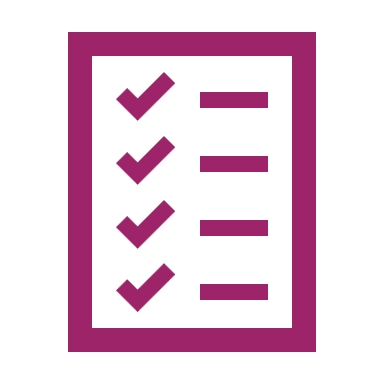Back to: Automation Testing
Exercises – “Did I make it better?”

Topics
- Measuring ROI
- Value Reporting
- How to Create, Execute and Maintain automation Tests?

Goal
When you finish this unit, you will be able to know the definition of following statement, explore the concepts and explain it to others:
- Value measurements
- Time saved
- “Feeling” impact

Outcomes
When you finish this unit, you will be able to:
- Know how to write a high-quality report
- Know which data I can use to show the value of an suitable Test Automation Approach
Material

Additional Material

Introduction to Bug Reporting
Bug reporting is a critical skill for anyone involved in the software testing process. A well-documented bug report ensures that developers understand the issue and can reproduce it, leading to more efficient fixes. In this section, we’ll guide you through the process of writing an effective bug report.
Objectives:
- Understand the importance and purpose of a bug report.
- Learn the components of a comprehensive bug report.
- Practice writing a bug report using provided bug scenarios.

Guide to Writing a Bug Report:
| A good bug report typically contains the following components: |
| 1. Title: A concise description that summarizes the bug. |
| 2. Description: A detailed account of the issue, providing context. |
| 3. Steps to Reproduce: A step-by-step guide that allows anyone to recreate the bug. |
| 4. Expected Result: Describe what should have happened. |
| 5. Actual Result: Describe what actually happened. |
| 6. Severity: Rate the impact of the bug (e.g., Low, Medium, High, Critical). |
| 7. Attachments: Screenshots, logs, or any other relevant files. |
Task Introduction: Bug Reporting
Objective:
Your challenge is to conceptualize one potential bug that could arise from your test or other high-risk areas or find a real bug at a website of your choice.
Instructions:
Option A)
| 1. Brainstorm Potential Bugs: Reflect on your “step by step” test and other high-risk areas you’ve identified. Think about where things might go wrong. Is there a data entry point that could malfunction? Could there be a backend process that might not execute as expected? |
| 2. Document Each Bug: For each bug you envision, provide a brief description. Ensure it’s clear enough that someone unfamiliar with your test or the system can understand it. |
Option B)
| 1. Choose a website: Pick any website you’re familiar with or are curious about. It could be an e-commerce site, a blog, a news portal, or even a personal portfolio. Navigate through the website, trying out different functionalities. |
| 2. Document Your Findings: Whenever you spot a potential bug, make a note of it. Document the steps to reproduce the issue, what you expected to happen, and what happened. Screenshots can be invaluable here. Please use the given template. |
Ready to dive deep into the world of bugs and their consequences? Let’s get started.
Task Introduction: Reflecting and Reporting on Your Learning Journey
As we approach the end of your Test Automation (TA) learning experience, we invite you to take a moment to reflect. Instead of the traditional reporting you might expect, we’re seeking your insights, feedback, and reflections on the whole learning journey. Your perspective is invaluable to us, helping shape and refine the course for future learners.
Objective:
Your task is to provide feedback on your overall experience with the TA learning process. Think about the highs, the lows, the moments of clarity, and the challenges. Your honest feedback will not only help us enhance the course but also serve as a testament to your commitment and engagement throughout this journey.
Instructions:
- Reflect on Your Experience: Before diving into specific questions, take a moment to think about your journey from start to finish. What stood out? What could have been better?
- Answer Guiding Questions: To help structure your feedback, consider the following questions:
- Content Quality: How would you rate the quality and relevance of the content provided?
Pacing and Structure: Did you find the course progression logical and at the right pace?
- Hands-on Tasks: Were the practical tasks and exercises helpful in reinforcing your understanding?
- Support and Resources: How did you find the support provided, be it through learning coaches, resources, or tools?
- Overall Satisfaction: On a scale of 1 to 10, how satisfied are you with the TA learning journey, and why?
- Provide Additional Insights: Beyond the guiding questions, feel free to share any other thoughts, suggestions, or areas of improvement. Your unique perspective might highlight something we haven’t considered.
- Claim Your Certificate: Upon providing your feedback, you’ll be awarded a certificate, recognizing your dedication and completion of all chapters in the TA course. This certificate is a testament to your hard work and the knowledge you’ve gained.
Your feedback is more than just answers to questions; it’s a beacon guiding us towards creating a better, more impactful learning experience for all. We deeply appreciate your time, effort, and commitment to this journey, and we’re eager to hear your insights.
Ready to reflect, report, and receive your well-earned certificate? Let’s begin!
After engaging with the materials, let’s try to do some exercises in the form of a Quiz to put your knowledge into practice.